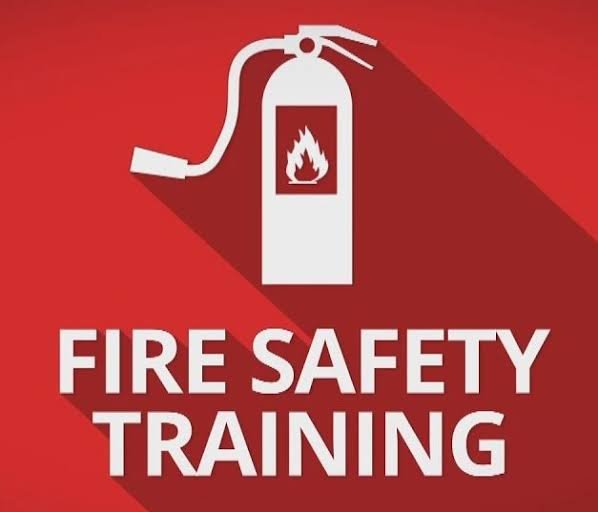Understanding Evacuation
Evacuation is a crucial part of emergency management, often necessitated by natural disasters, fires, or other critical incidents. It involves moving people away from danger to a safer location. Proper evacuation planning ensures that individuals know how to respond promptly and effectively when an emergency strikes.
Steps for Effective Evacuation Planning
Creating a solid evacuation plan can greatly enhance safety. Start by identifying potential hazards in your area, such as flooding zones or wildfire-prone regions. Once you understand the risks, establish clear evacuation routes and communicate these paths to everyone in your home, workplace, or community.
It’s equally important to designate a meeting point where everyone can gather after evacuating. This helps to ensure everyone is accounted for and reduces confusion during stressful situations.
Preparation for Evacuation
Preparation is key when it comes to successful evacuation. Stocking an emergency kit with essentials like food, water, medications, and important documents can save valuable time when evacuation is necessary. Additionally, regularly reviewing and practicing the evacuation plan helps to instill confidence and familiarity in all participants, making the evacuation process smoother.
In conclusion, understanding the significance of evacuation and how to prepare for it can make all the difference in ensuring safety during emergencies. Stay informed, make a plan, and be ready to act swiftly when it matters most.





This Post Has 8 Comments
Thank you for sharing your personal experiences and stories It takes courage to open up and you do it with such grace and authenticity
I am constantly impressed by the depth and detail in your posts You have a gift for making complex topics easily understandable
I can’t get enough of your insightful articles and engaging stories. Thank you for sharing your passion with the world!
This blog post is packed with great content!
Your writing is so eloquent and persuasive You have a talent for getting your message across and inspiring meaningful change
It’s clear that you are passionate about making a positive impact and your blog is a testament to that Thank you for all that you do
Your blog has become a part of my daily routine Your words have a way of brightening up my day and lifting my spirits
Your blog has become my go-to source for inspiration and motivation Thank you for consistently delivering high-quality content